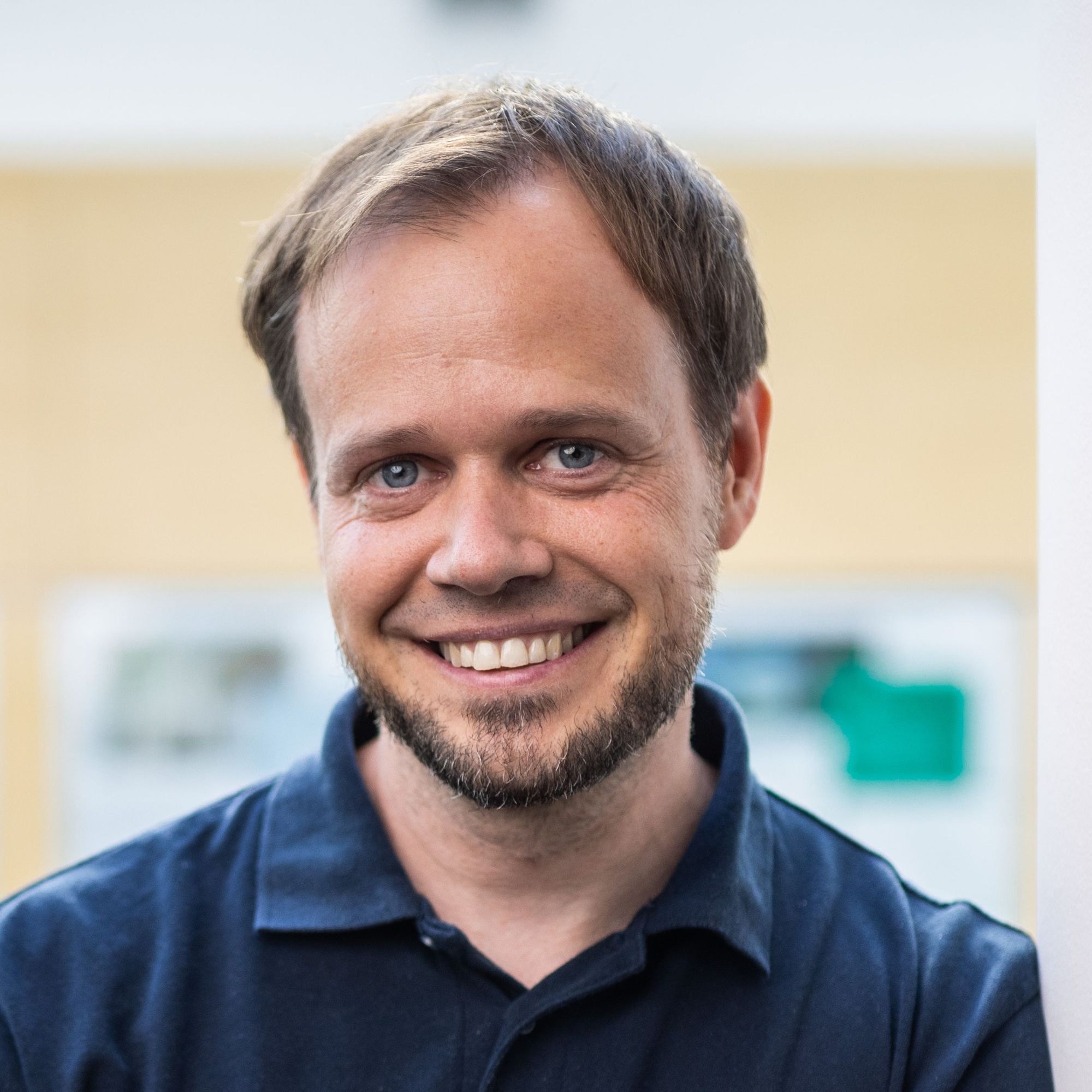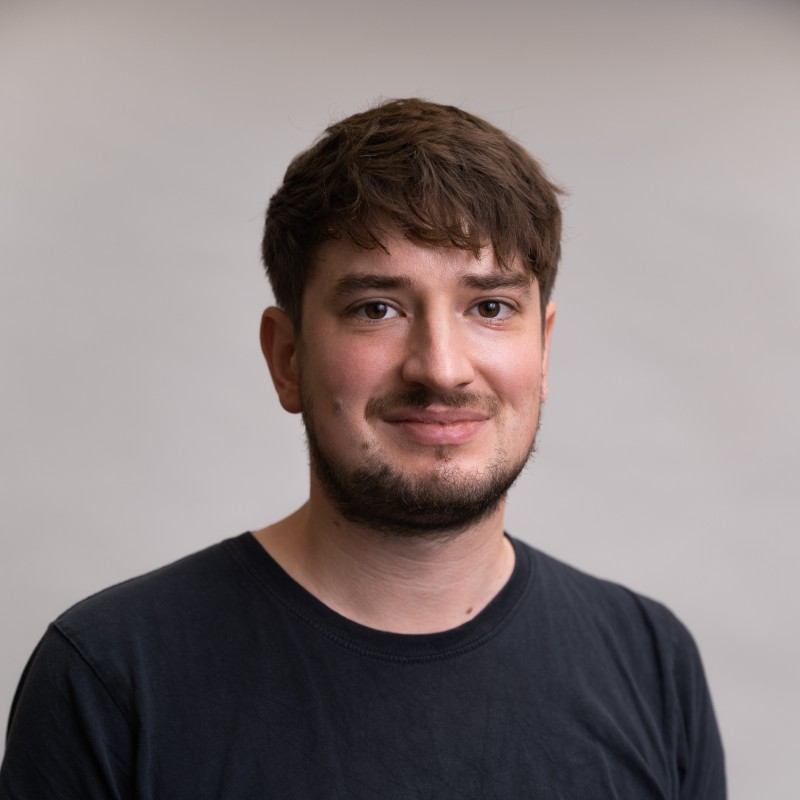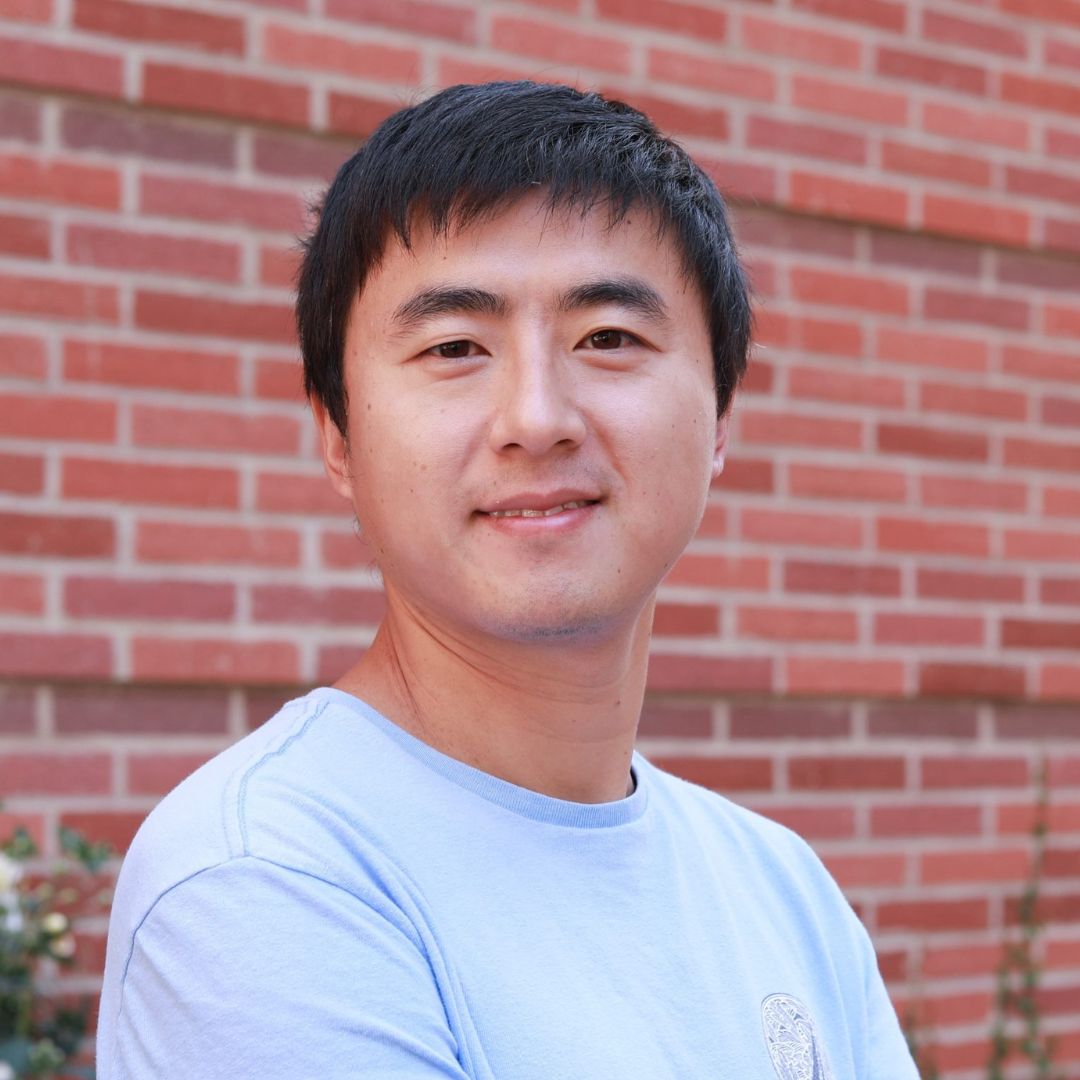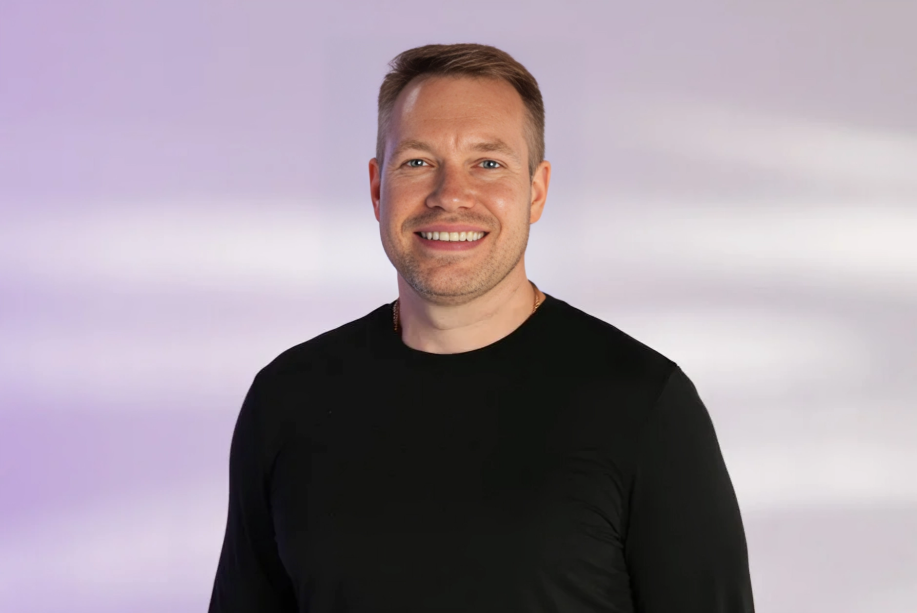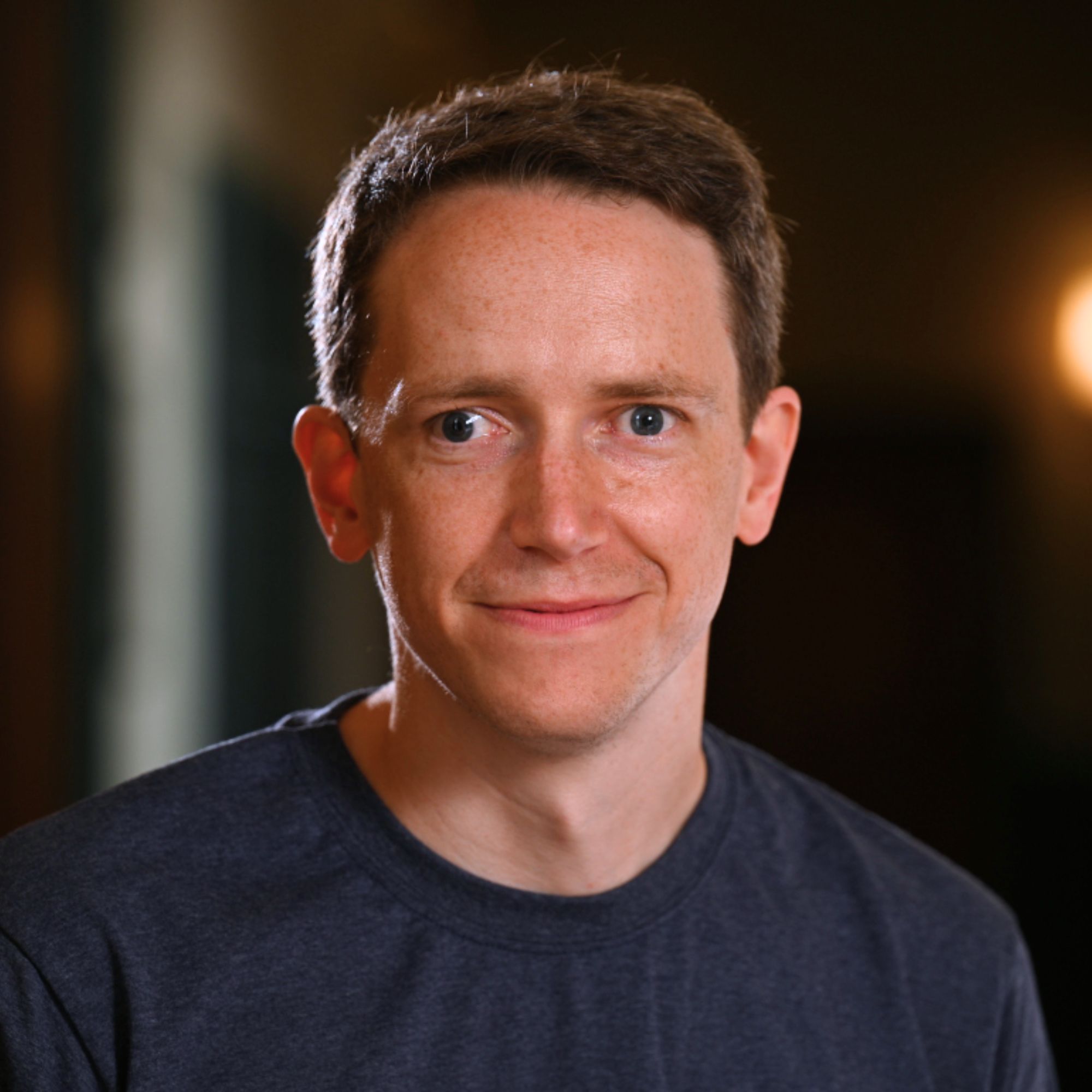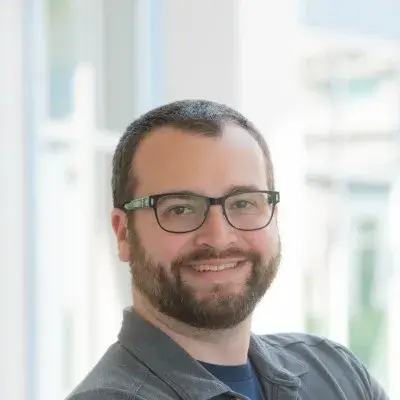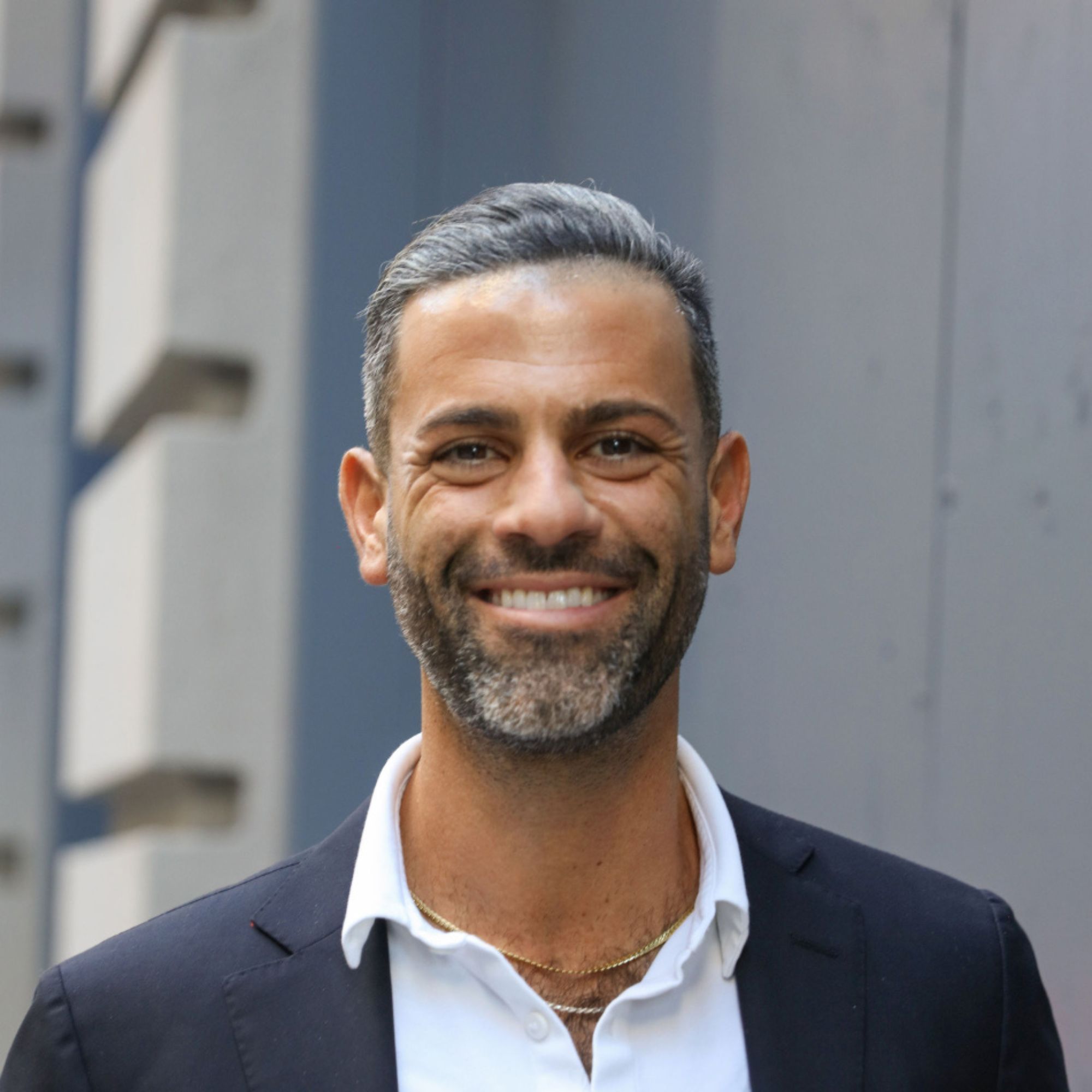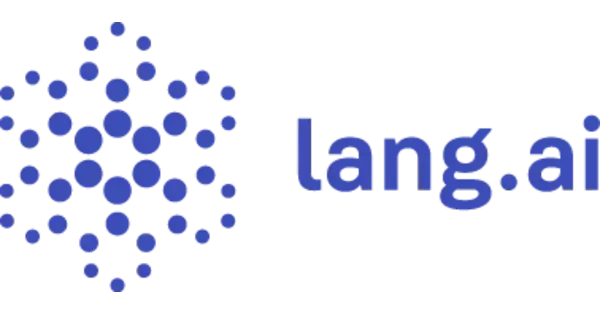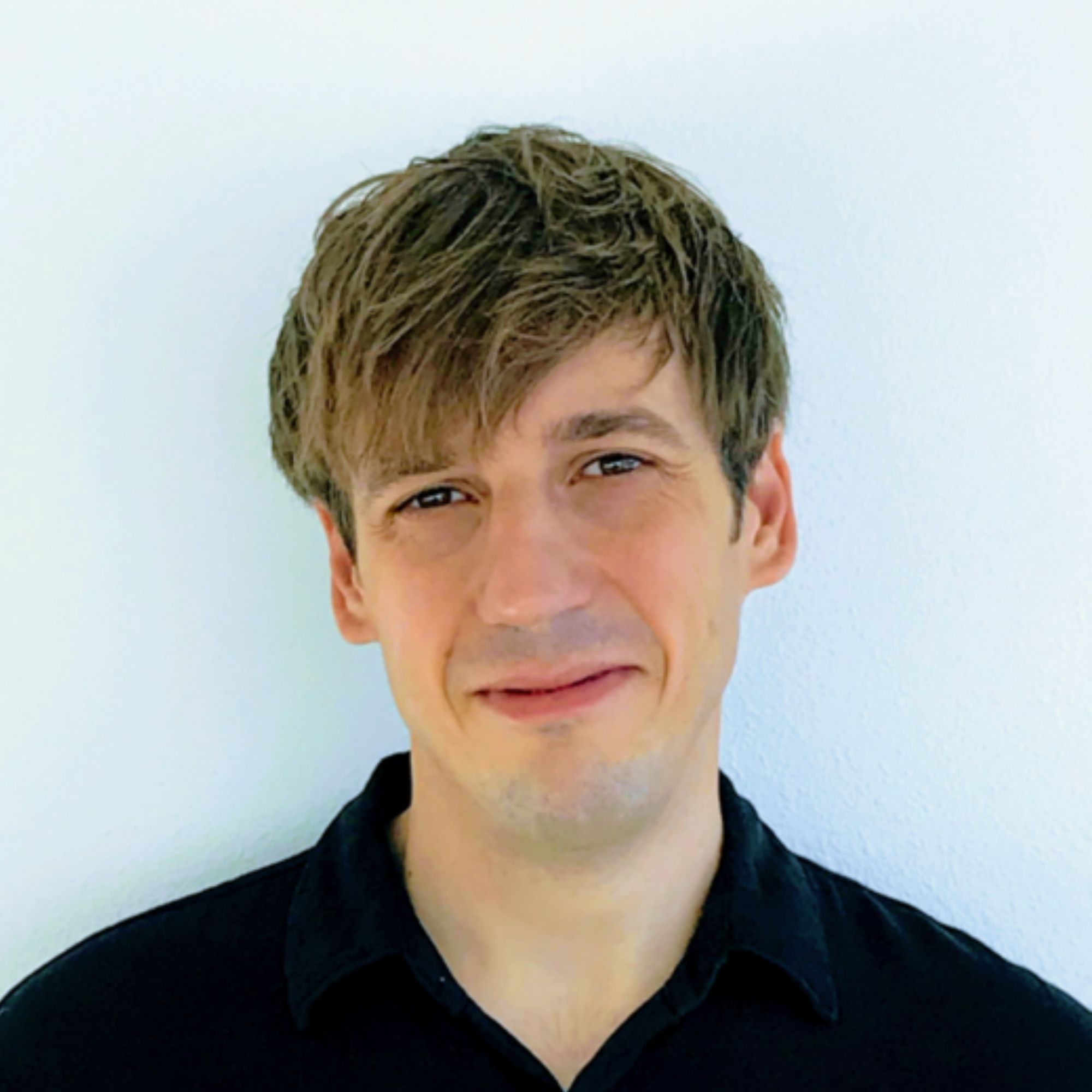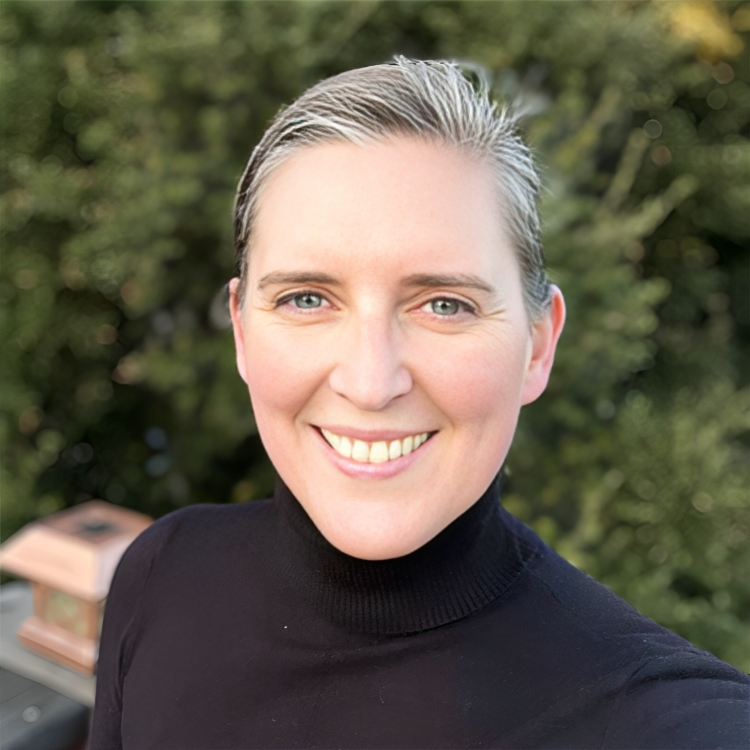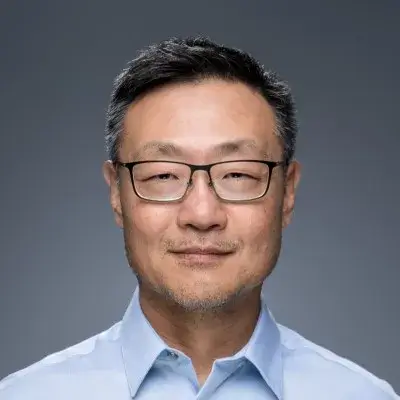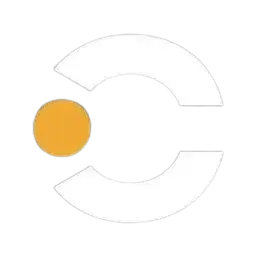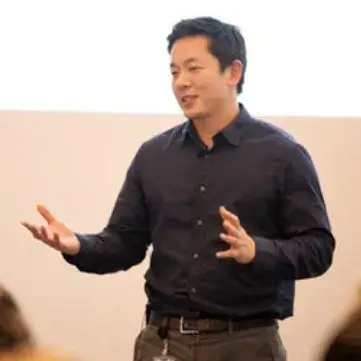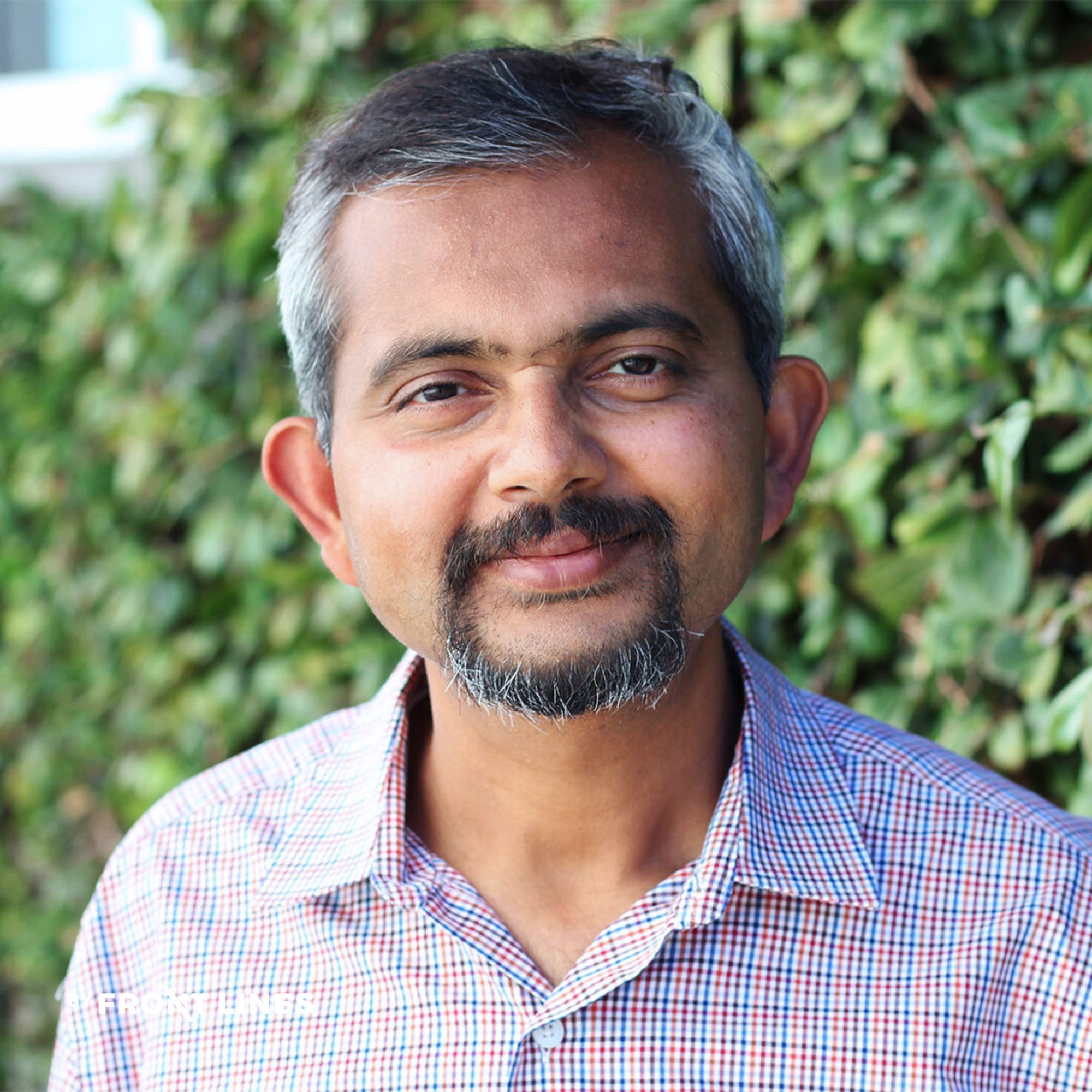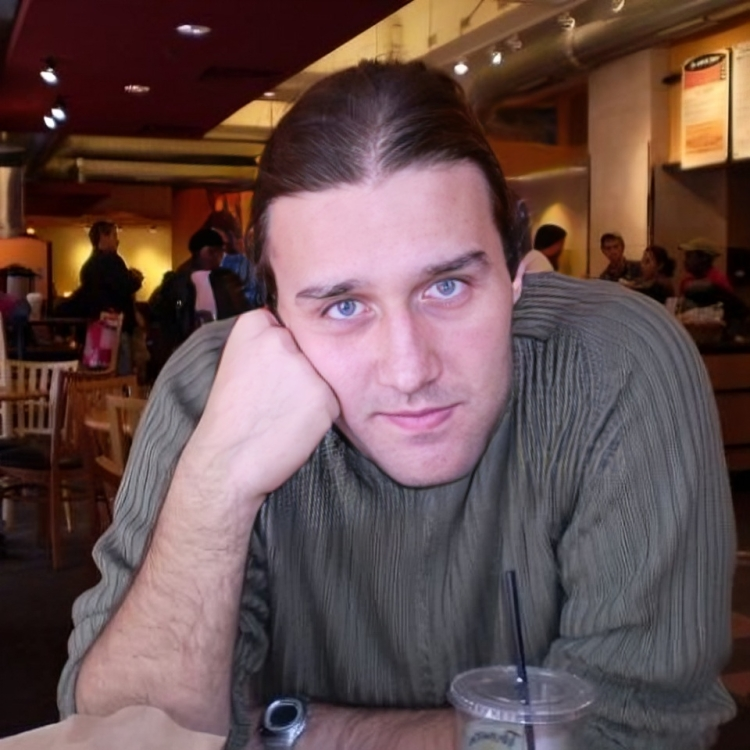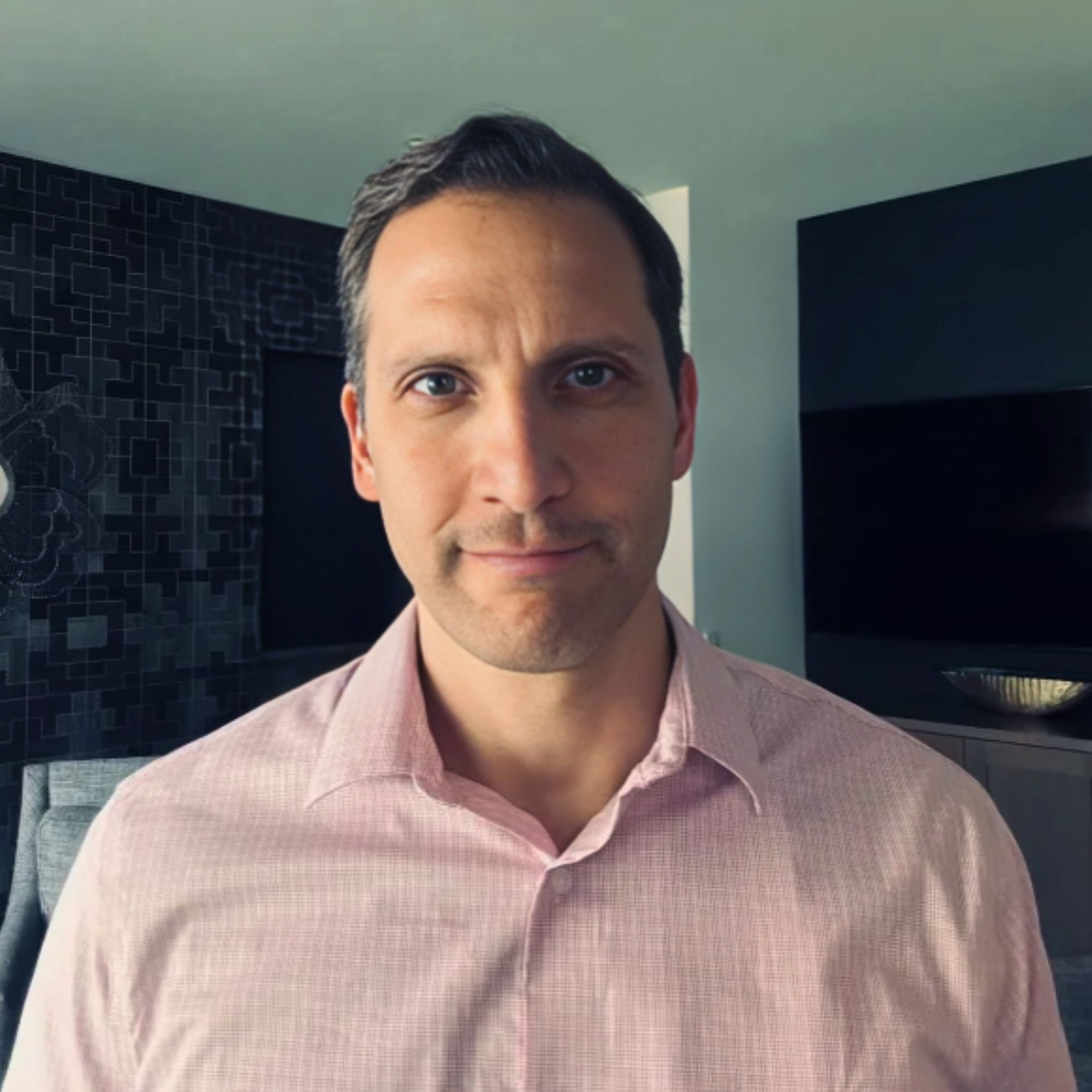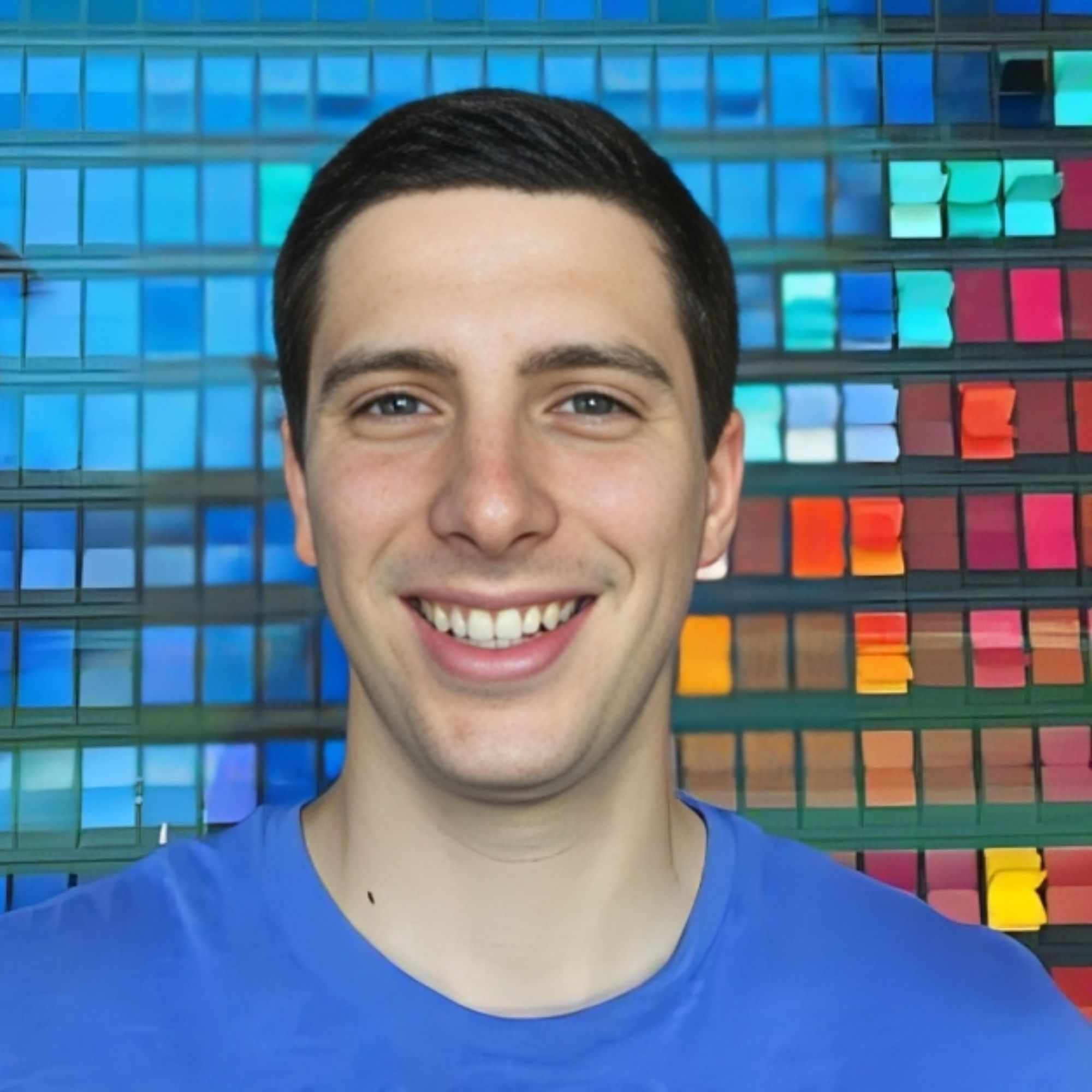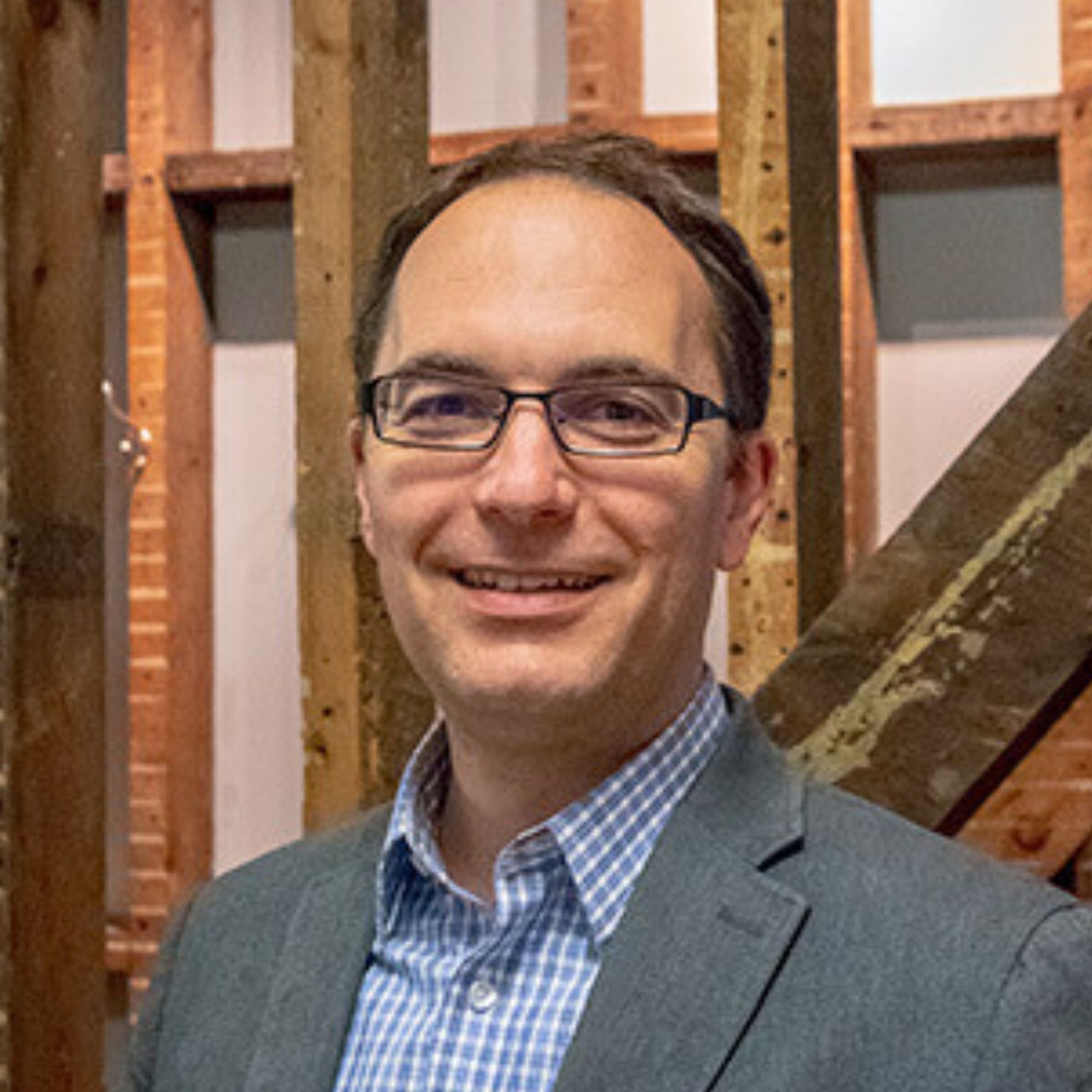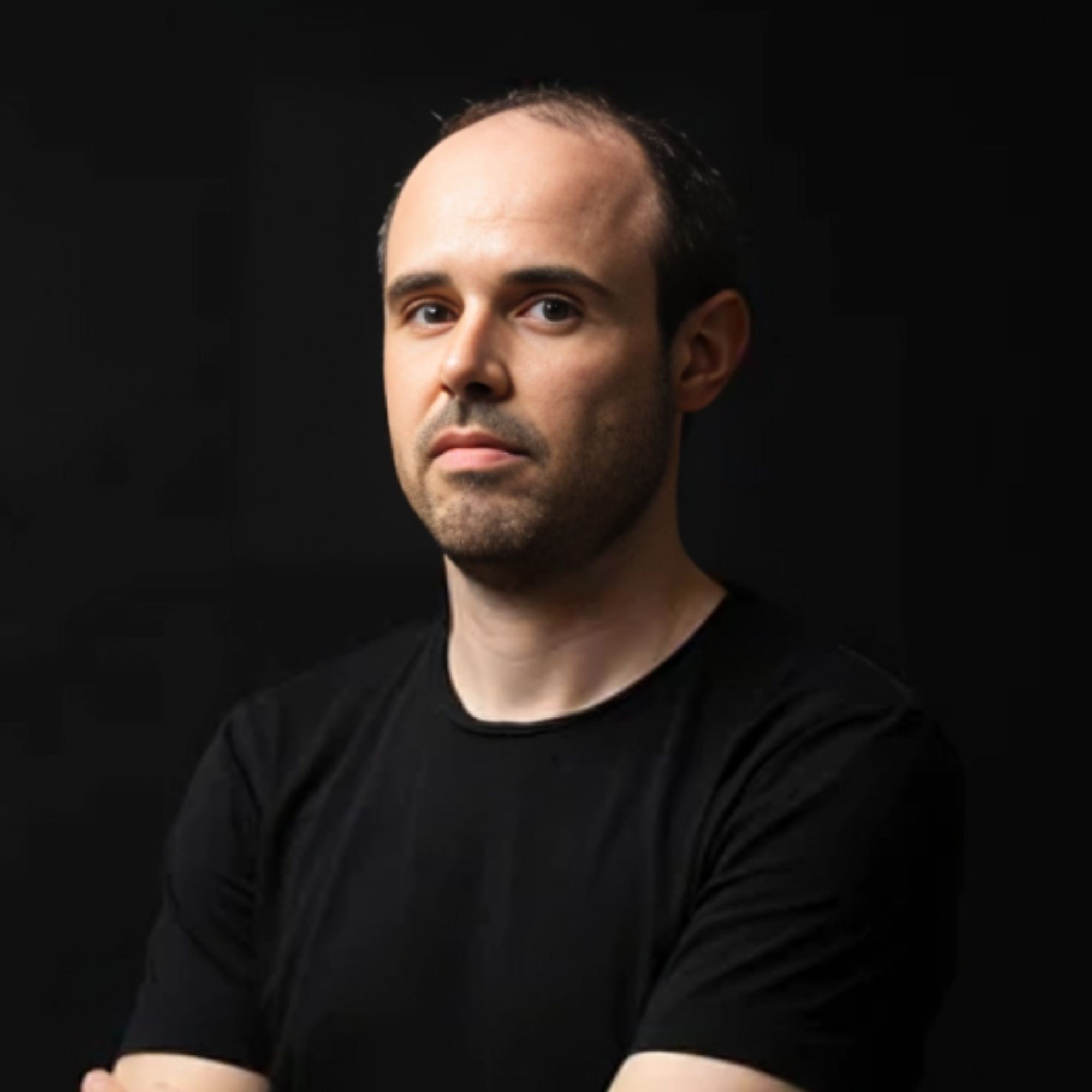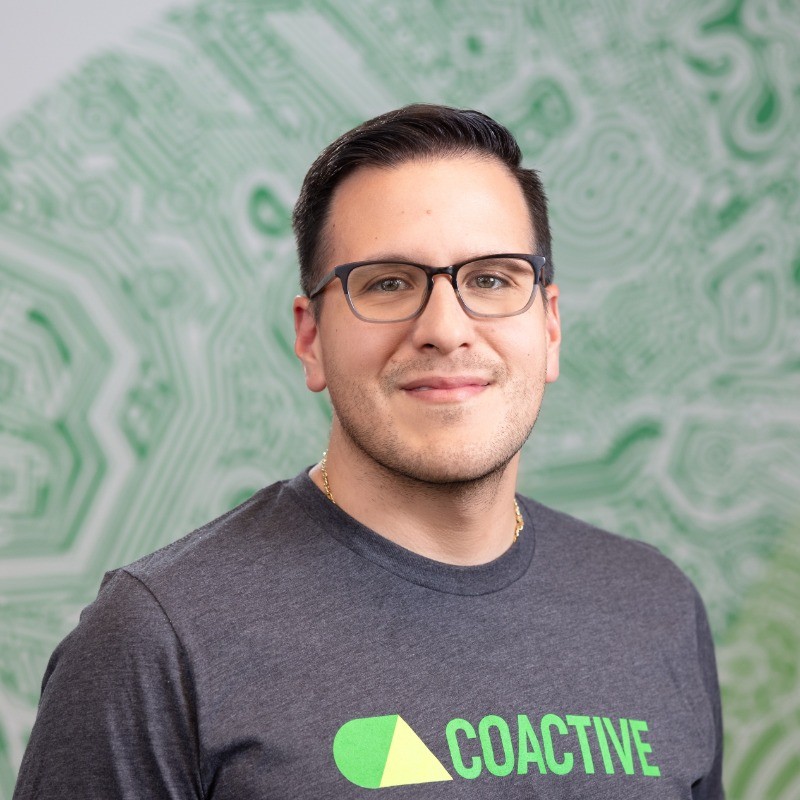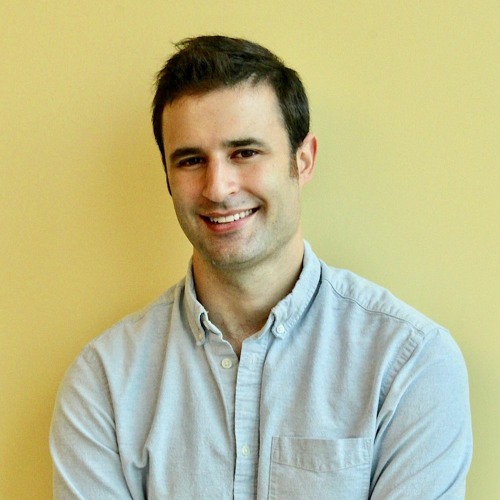Ready to launch your own podcast? Book a strategy call.
Frontlines.io | Where B2B Founders Talk GTM.
Strategic Communications Advisory For Visionary Founders
Conversation
Highlights
When ChatGPT burst onto the scene in late 2022, most companies scrambled to adapt. But in Dresden, Germany, SEMRON was ready. They’d spent years preparing for AI’s inevitable push to the edge – not by chasing the latest software trends, but by completely rethinking how chips handle AI calculations.
In a recent episode of Category Visionaries, SEMRON CEO, Aron Kirschen shared how his company is tackling one of computing’s fundamental challenges: making AI compute as cheap and accessible as paper.
The Origins of Innovation
SEMRON’s story begins not in a garage, but in Cambridge’s historic Eagle Pub – the same place where Francis Crick and James Watson first sketched out DNA’s double helix structure. It was there that Aron and his co-founder began discussing the possibilities of a radically different approach to semiconductor design.
“We kept discussing through the years and ended up having a good idea how to overcome the physical limits of current technology,” Aron recalls. “But it was nothing that seemed to be realistic in like five years. We were more like playing around.”
That “playing around” led to their first patents, which they chose to fund themselves despite university offers to cover the costs. This early decision to maintain control of their intellectual property would prove crucial as their technology evolved.
The Technology Breakthrough
SEMRON’s innovation tackles a fundamental problem in chip design. As Aron explains, “When we calculate today, it’s after all based on electrons moving around creating a lot of noise. And noise is a bad thing because it creates heat and heat is energy consumption.”
Their solution? A capacitive approach that minimizes electron movement, allowing them to pack massive computing power into tiny spaces without overheating. This breakthrough could enable capabilities previously thought impossible on edge devices, like running large language models for continuous live translation.
An Unconventional Go-to-Market Strategy
While most startups rush to market, SEMRON’s approach reflects the realities of deep tech hardware development. “As a semiconductor startup, you don’t have the timeline of 1 year for go-to-market,” Aron explains. “You really have to think in three, four, even five years.”
This longer timeline shaped their entire GTM strategy:
Location Matters: Rather than relocating to Silicon Valley, SEMRON chose to build in Dresden, Europe’s microelectronics hub. With TSMC, Infineon, Global Foundries, and other major players nearby, they created natural partnership opportunities.
Focus on Few, Not Many: Instead of pursuing broad market adoption, SEMRON targets just “five, six big entities that is generating millions of revenue,” Aron reveals. This allows for deeper technical collaboration with each customer.
Engineering-Led Sales: “You have to sit down with their engineering team, with our engineers, and figure out how we can make it work,” says Aron, describing their sales process. Traditional marketing takes a back seat to technical proof points.
The Cost Revolution
Perhaps most importantly, SEMRON understood that technical superiority alone wouldn’t drive adoption. “Every revolution became the impact on society when the driving factor became cheap as hell,” Aron emphasizes. “Like when paper was as expensive as sand. It became a real revolution.”
This insight drives their focus on dramatically reducing cost per compute. Even if current AI chips were energy efficient enough for smartphones, Aron notes, “Nobody would pay for like $5,000 more for something like that or even $200 more. We really have to be like let’s say 20, $30.”
Looking Ahead
Four years into their journey, SEMRON is approaching a critical milestone. “We are close to process freeze,” Aron shares. “That means we kind of developed the device and fabricated that and tested it and now can really start thinking about building demonstrators.”
Their vision extends beyond just technical achievements. Aron believes widespread access to powerful AI compute could fundamentally transform human productivity: “If everybody of us would have a completely personalized assistant… always listening, completely private because running on device then I think we can really enhance human productivity by factor of I don’t know, but not like 20%.”
For B2B founders, SEMRON’s journey offers valuable lessons about patience, focus, and the importance of understanding revolutionary technology isn’t enough – you need revolutionary economics too. As edge AI continues to evolve, their bet on making compute not just more powerful, but radically more accessible, may prove to be their biggest innovation of all.
Actionable
Takeaways
Patience in Deep Tech:
The semiconductor startup timeline requires thinking in 3-5 year horizons for go-to-market, not the typical 1-year timeline of software startups. SEMRON spent four years developing their core technology before reaching process freeze and beginning customer demonstrations.
Focus on Enterprise-Scale Relationships:
Rather than pursuing a broad customer base, SEMRON targets 5-6 major customers who can each generate millions in revenue. This shapes their entire go-to-market approach, emphasizing deep technical engagement over traditional marketing.
Leveraging Technical Feedback Loops:
SEMRON's strategy involves working directly with customer engineering teams to deploy proprietary AI models on their hardware. This creates valuable feedback loops that reshape product development based on real application needs.
Strategic Location Advantages:
While Dresden may not be Silicon Valley, its history as Europe's microelectronics hub provides crucial advantages for semiconductor startups - from talent to manufacturing partnerships with companies like TSMC, Infineon, and Global Foundries.
Cost-Driven Innovation:
True hardware revolutions happen when the driving technology becomes extremely cheap. SEMRON focuses not just on technical performance but on dramatically reducing the cost per compute to enable mass adoption of edge AI capabilities.
